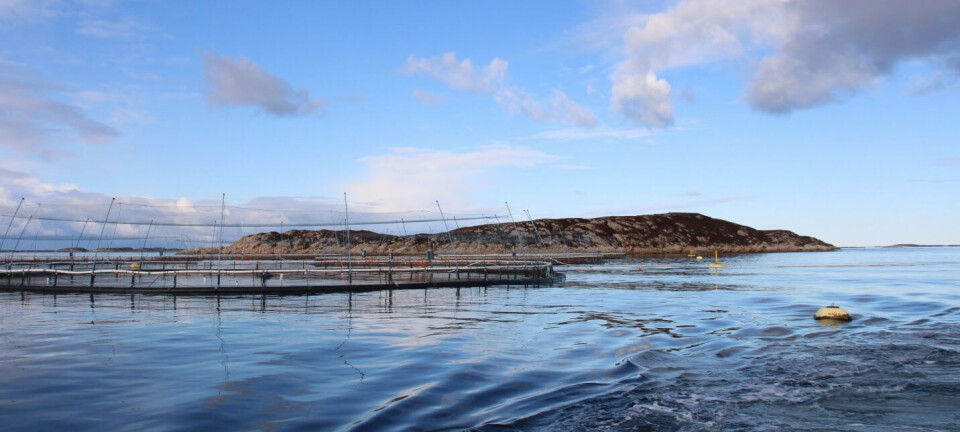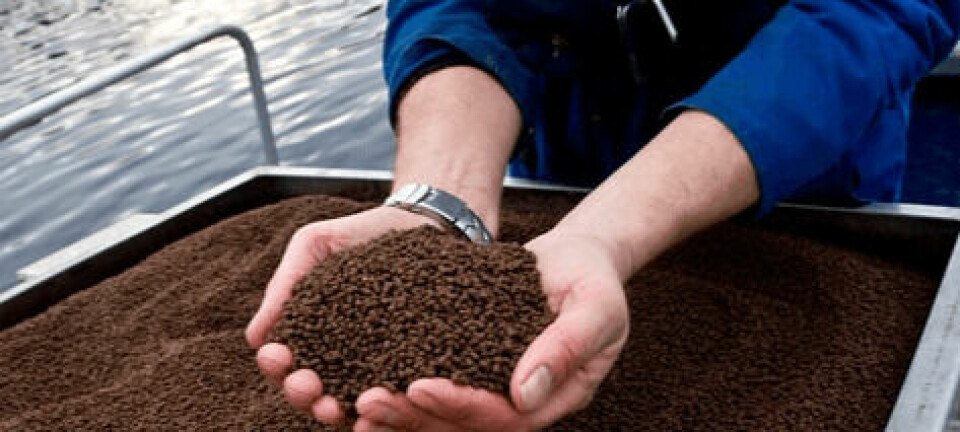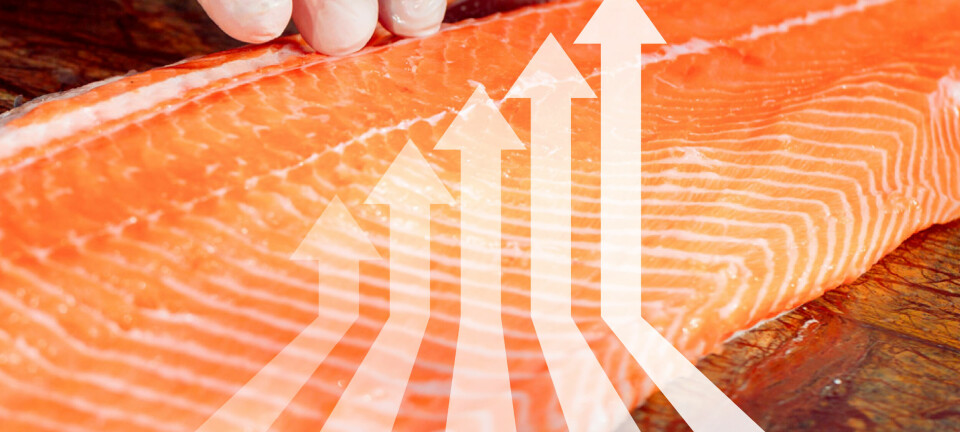Norway’s benefiting from tight supply
As a result, prices are at their highest levels for many years although sluggish demand over the summer should ease prices somewhat. Higher water temperatures will also boost growth levels with additional volumes coming to market over the next few months. Farmed salmon prices, therefore, are expected to ease over the next months.
Norway’s export statistics for salmon in the first six months of 2010 show record exports at NOK 13.9 billion (+ 31%) and a more modest growth in volumes (16%) to 426 000 tonnes (round weight equivalents). Most markets show growing import volumes of Norwegian salmon as the lack of Chilean product keeps supply limited with rising prices as a result. Most of Norway’s export markets show volume growth, including the EU (+8%) which takes a total of 67% of Norway’s exports.
According to the FAO’s latest GlobeFish Report, the US market in particular has been strong for Norway’s exporters with an 80% volume growth during the first six months. Russia has also shown remarkable increases this year; +38%, as have most other Central and Eastern European markets. A few destinations saw a decline in import volumes even though the value of their imports was still up, given the higher prices in 2010 compared with 2009. These include the UK, Italy and Japan. Of note are the continuing positive trends in importing countries with strong reprocessing and export industries such as China, Viet Nam and Thailand.
The EU, the largest salmon market in the world is still showing increasing consumption. France in particular is demanding more salmon than ever with new volume growth registered in the first quarter of 2010. German imports were also up in the first quarter.
Japan was traditionally the world’s largest salmon import market but has been overtaken by both the EU and the US. Fish consumption in general is stagnant and salmon is no exception, although 2010 imports during the first quarter were slightly up from last year.























































